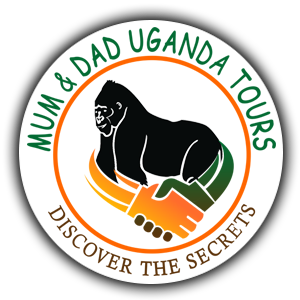- Home
- Gorilla Tours
- Uganda
- Wildlife
- 3 Days Murchison Falls Safari
- 3 Days Queen Elizabeth National Park
- 3 Days Semliki National Park Tour
- 3 Day safari to Lake Bunyonyi
- 5 Days Uganda Wildlife Safari
- 5 Days Kidepo Wildlife Safari tour
- 7 Days Murchison Falls, Semliki & Kibale Trip
- 8 Days Kibale, Queen & Bwindi Safari
- 9 Days Uganda Safari
- 10 Days Uganda primates and wildlife safaris
- 11 Day Uganda Safari Trip
- 12 Day Gorillas & Wildlife Safari in Uganda
- 15 Day Wildlife & Adventure Safari
- 21 Day Explore Uganda Safari
- Family Tours
- Day Tours
- Cultural Tours
- Wildlife
- Rwanda
- Kenya
- Tanzania
- Congo
- Combined Safaris
- 4 Days Uganda & Rwanda Gorilla Safari Tour
- 5 days Rwanda Uganda Gorilla Trek
- 5 days Gorillas and Nyirangongo hike
- 6 days Uganda Rwanda Gorilla Tour
- 8 days Gorilla & Chimp Trekking Safari
- 9 Days Uganda Rwanda Gorilla & Chimps
- 12 Day Best of Uganda Rwanda Safari Tour
- 18 Day Uganda Rwanda Safari Holiday
- Parks
- About us
- Blog
- Contact Us
